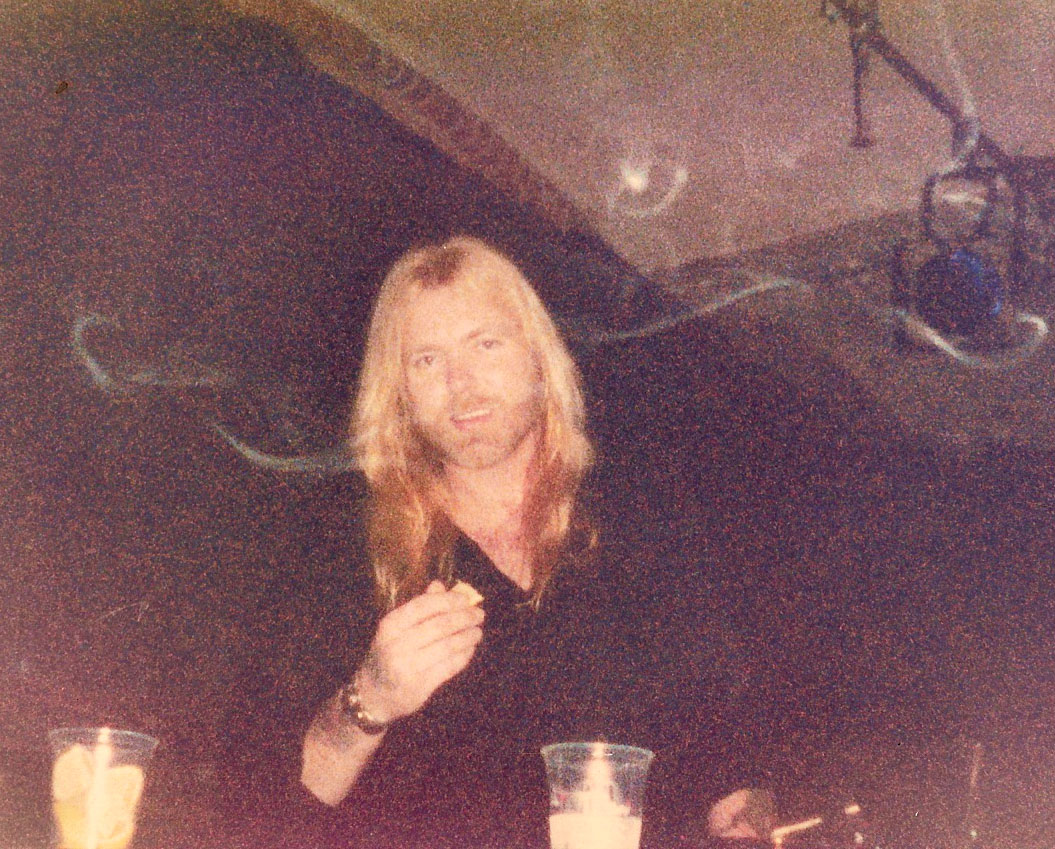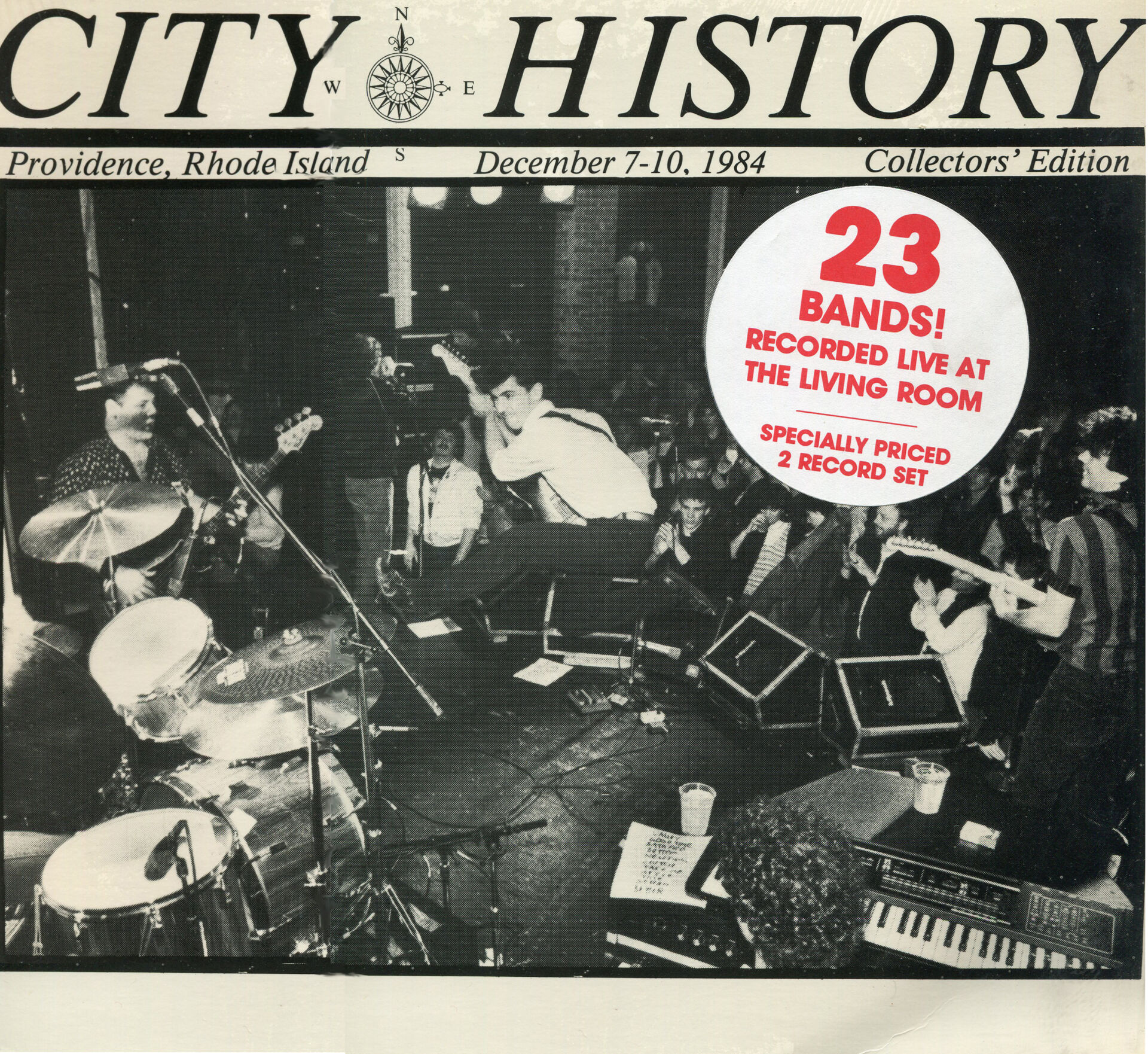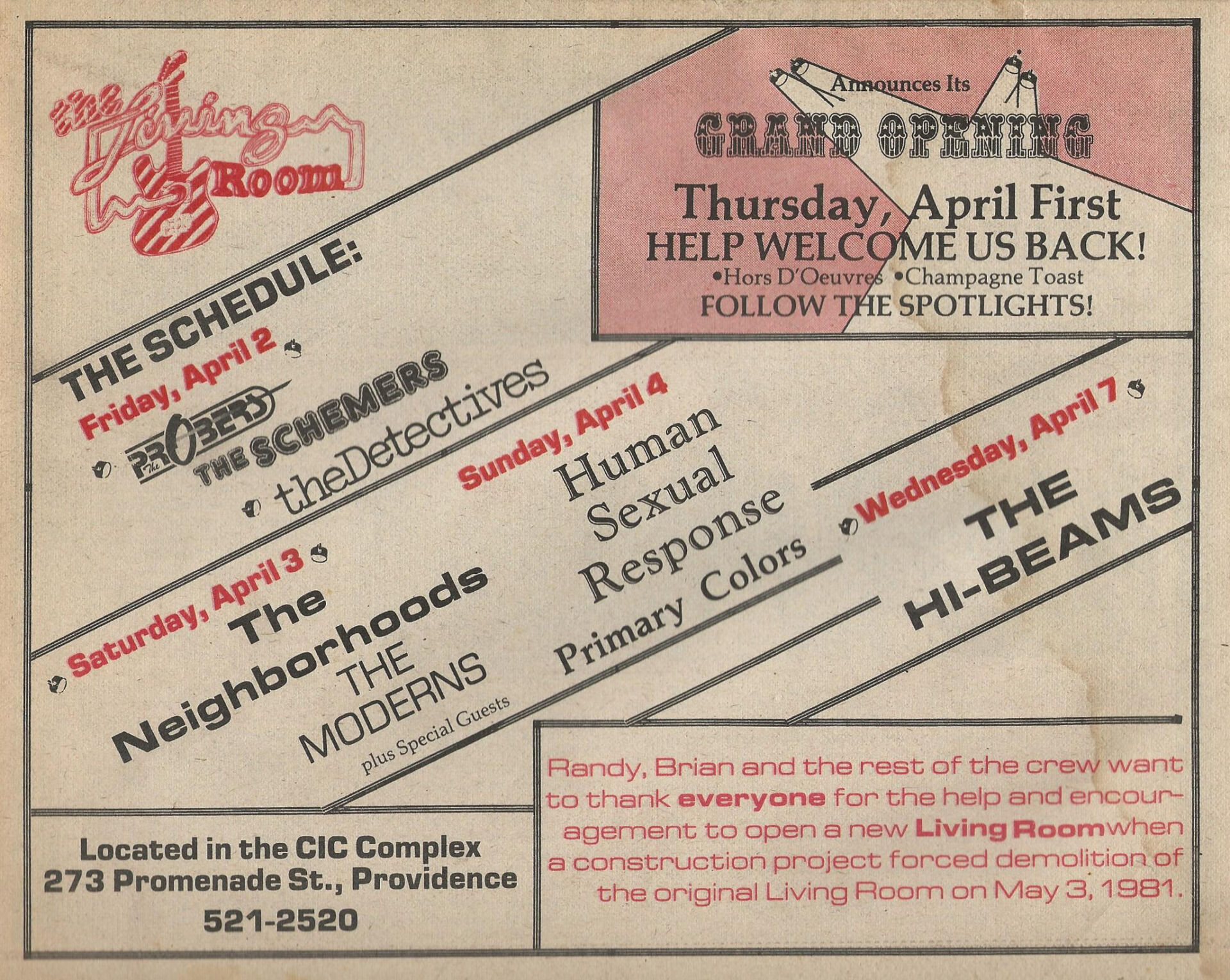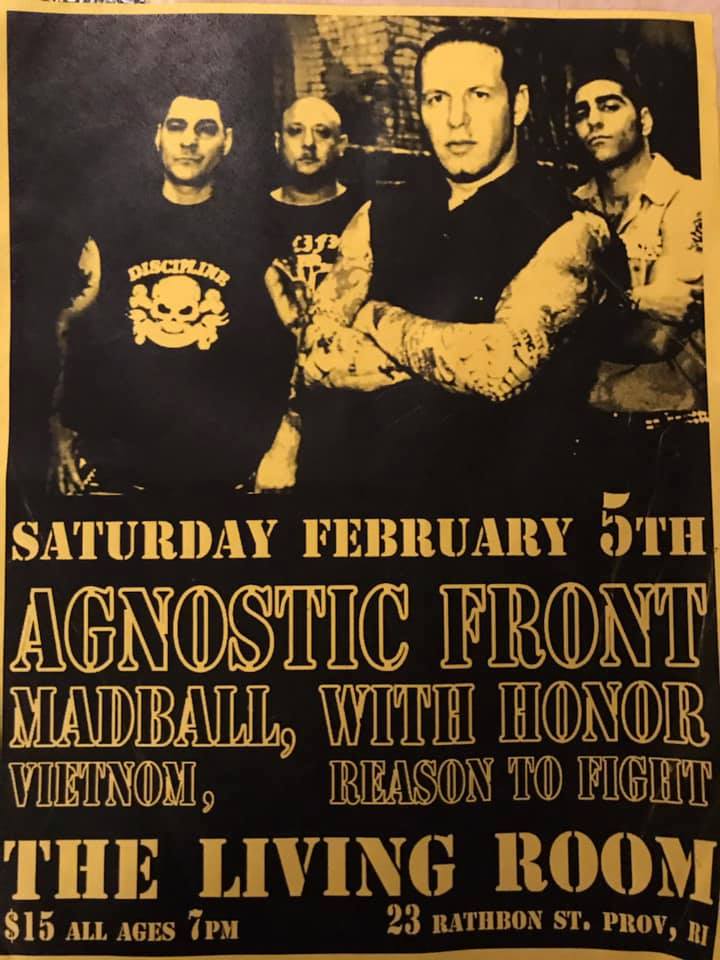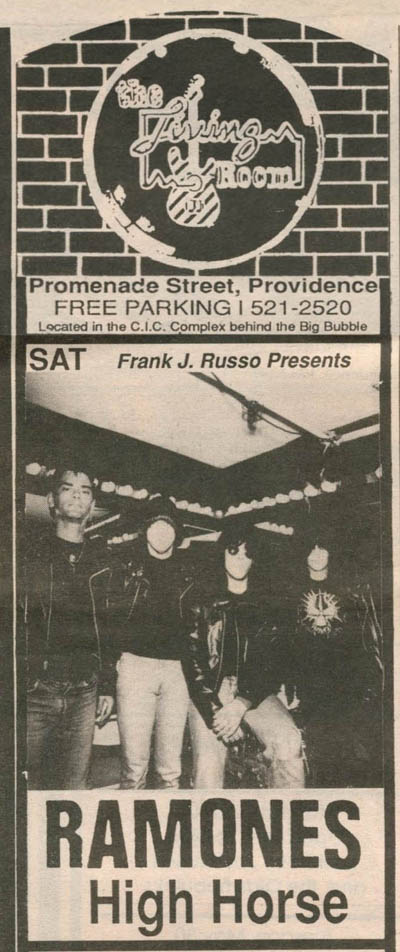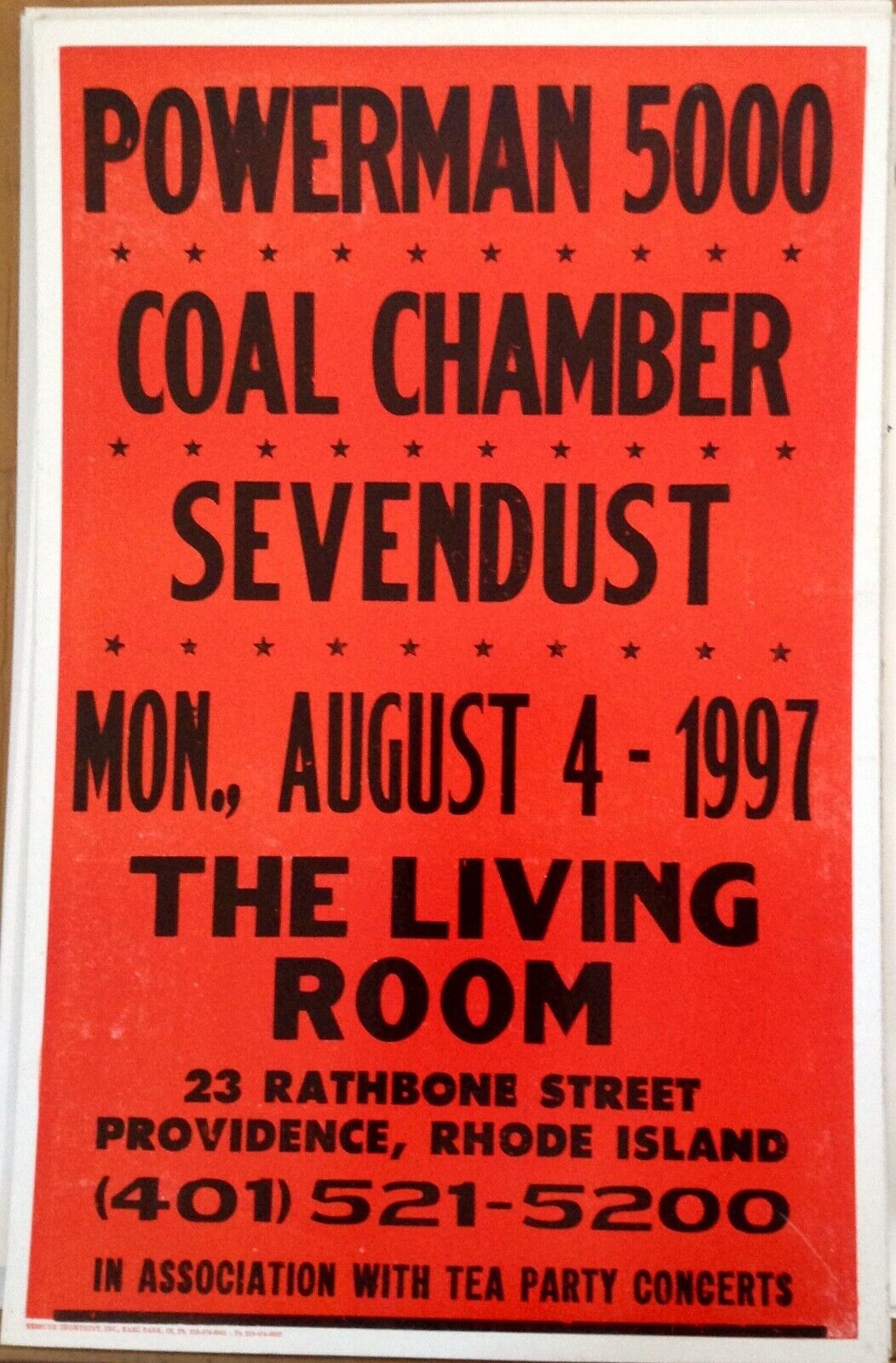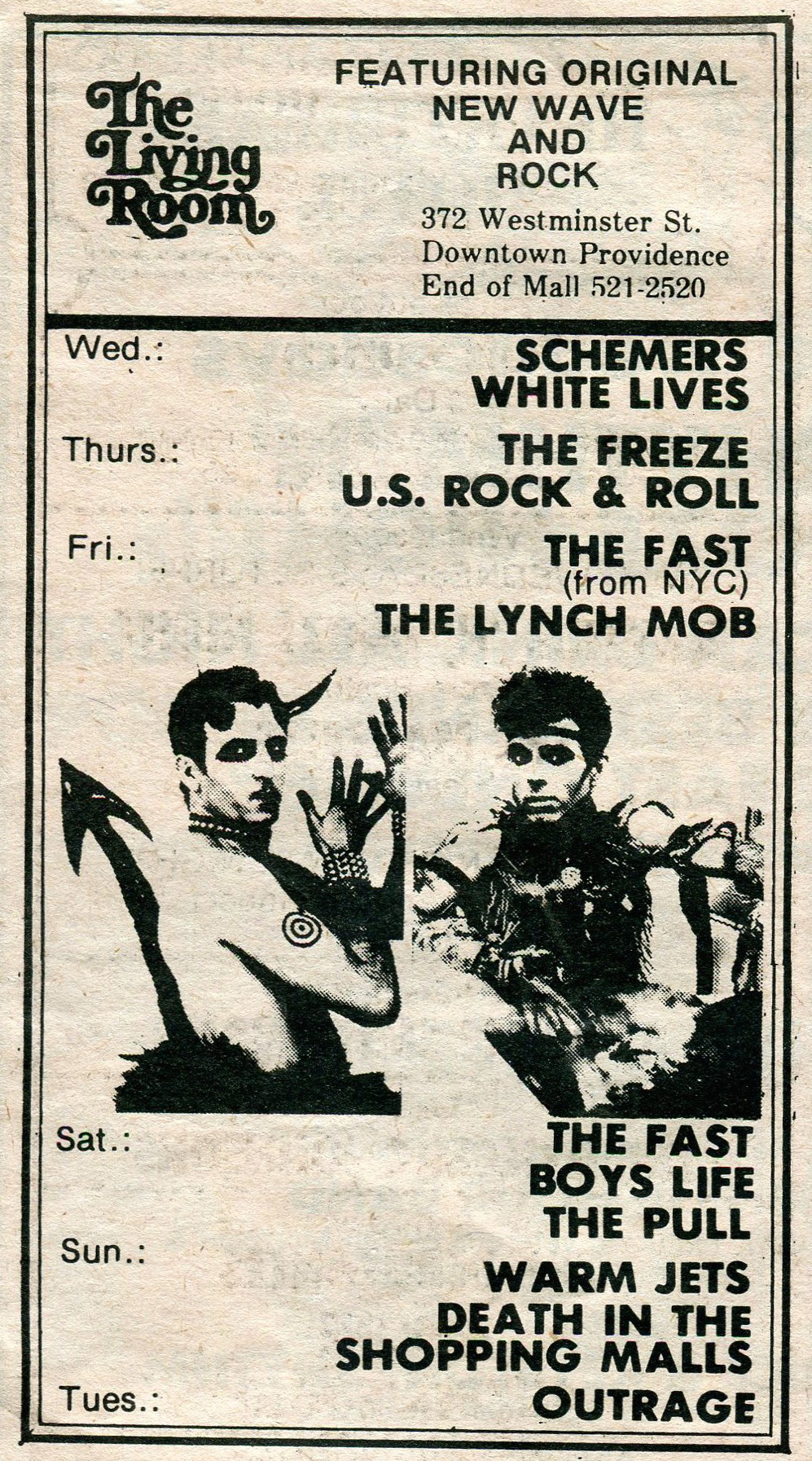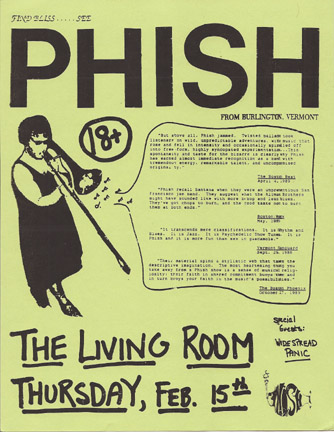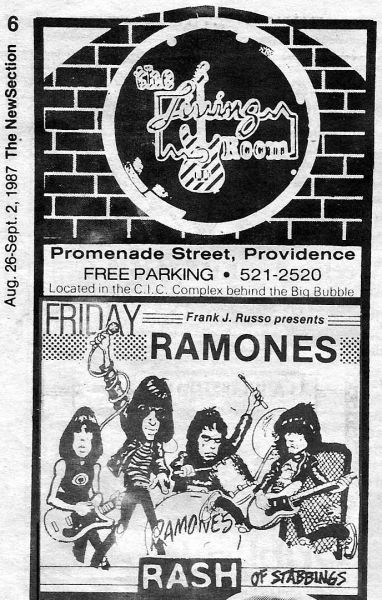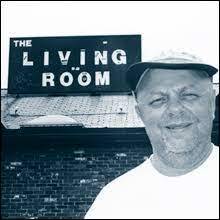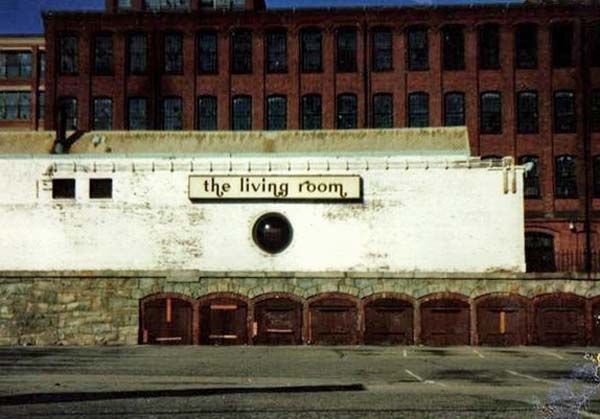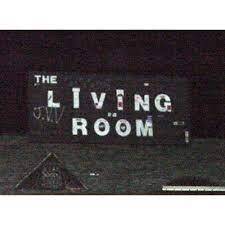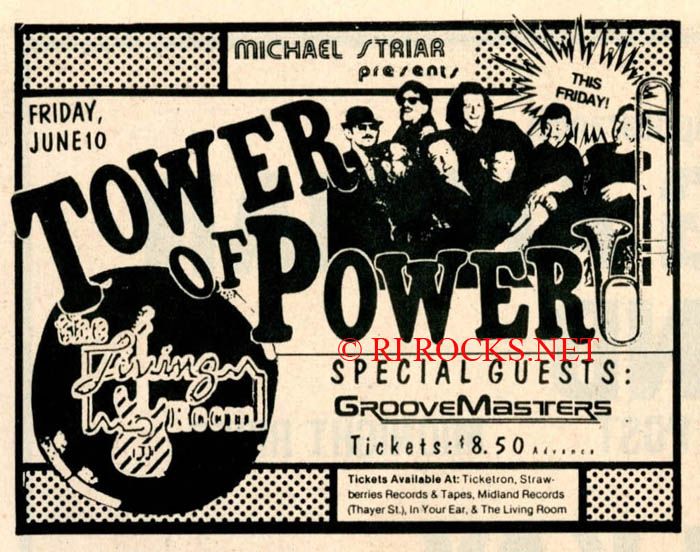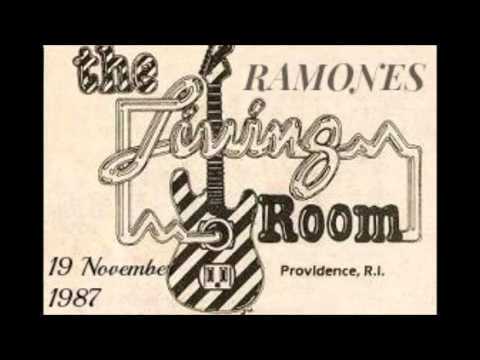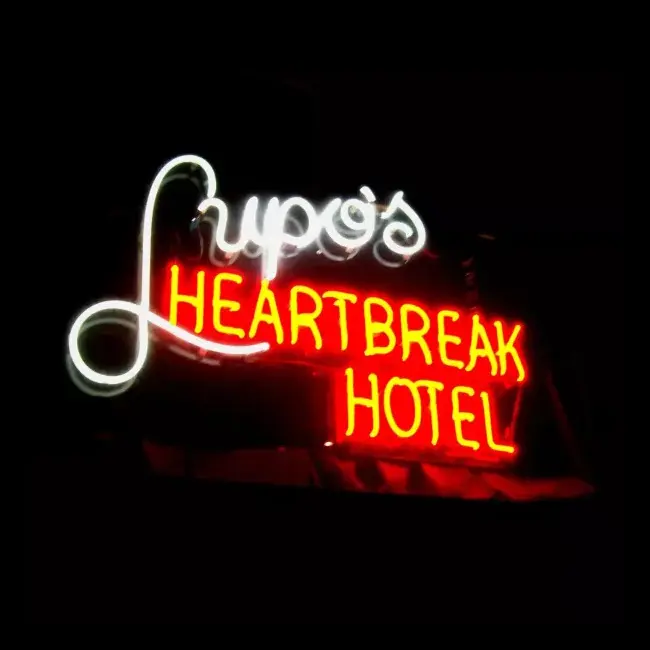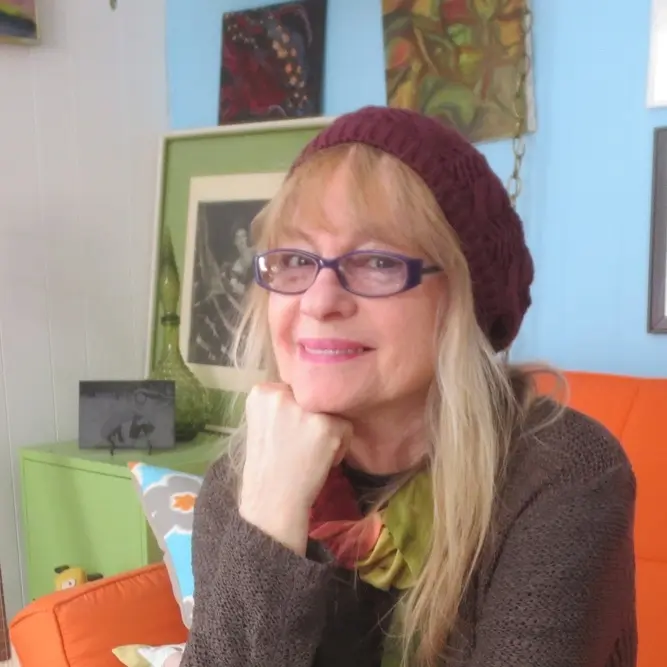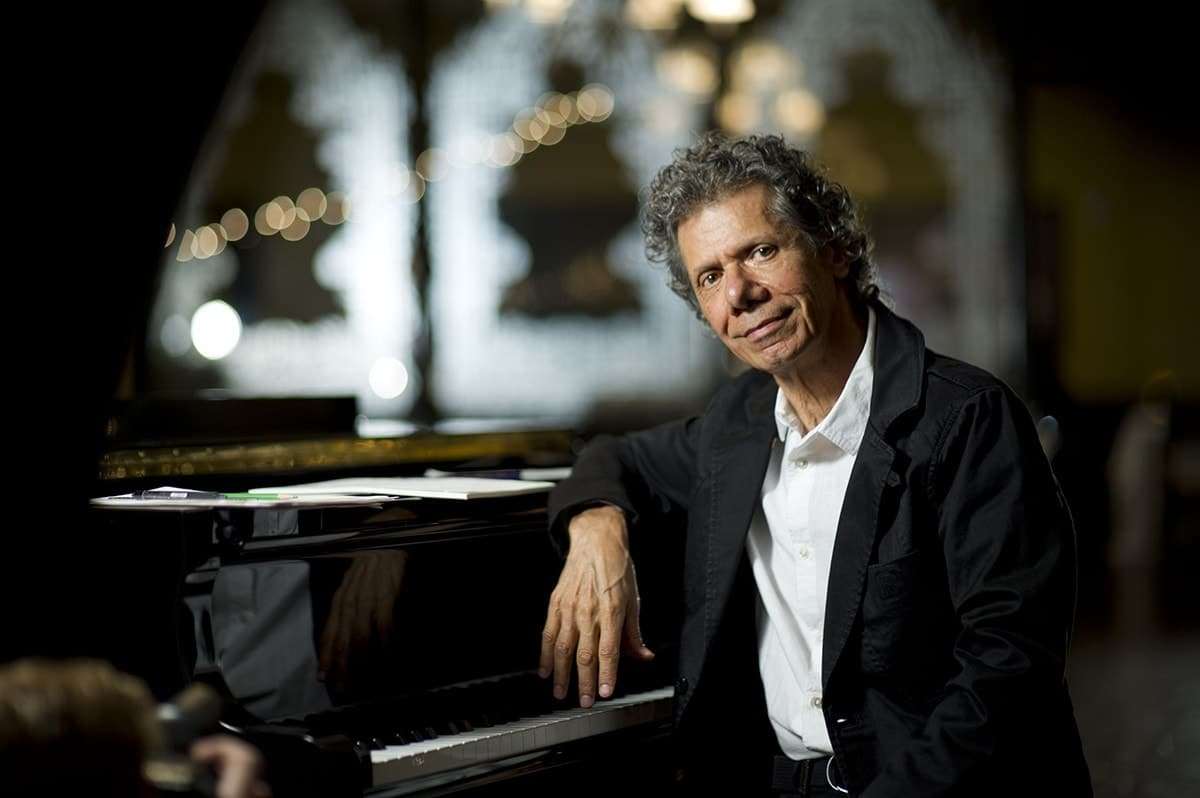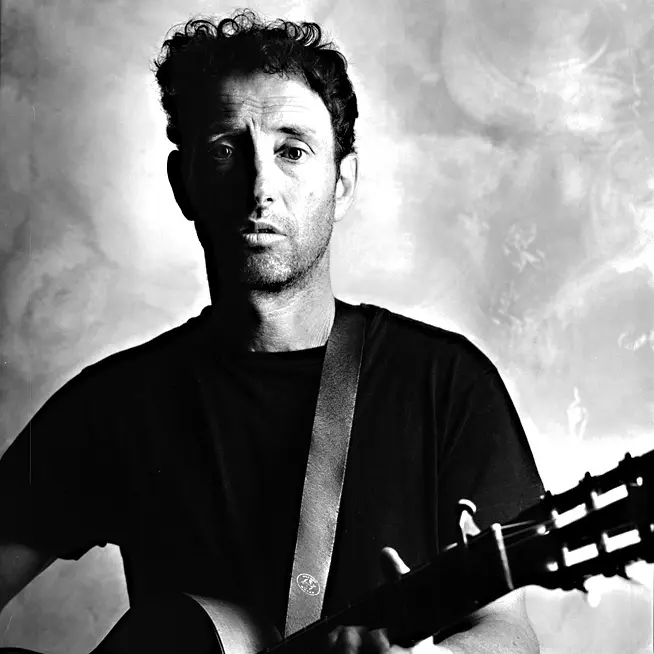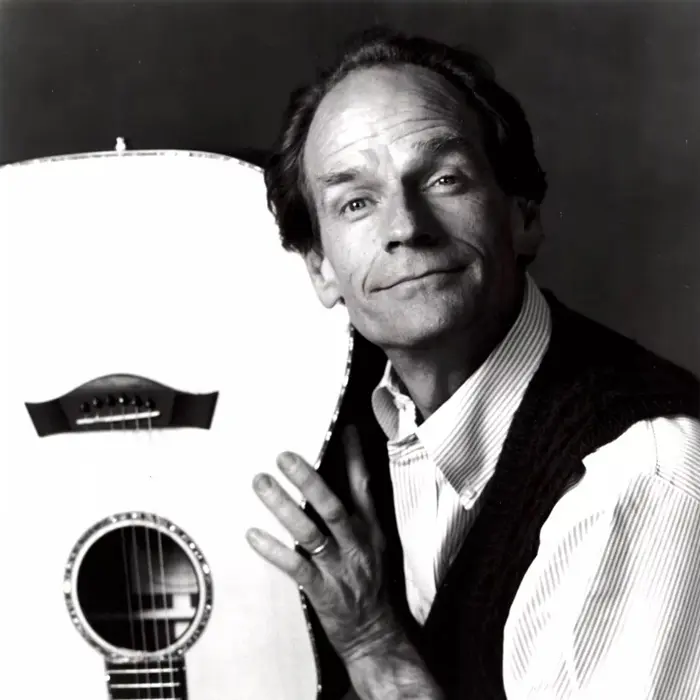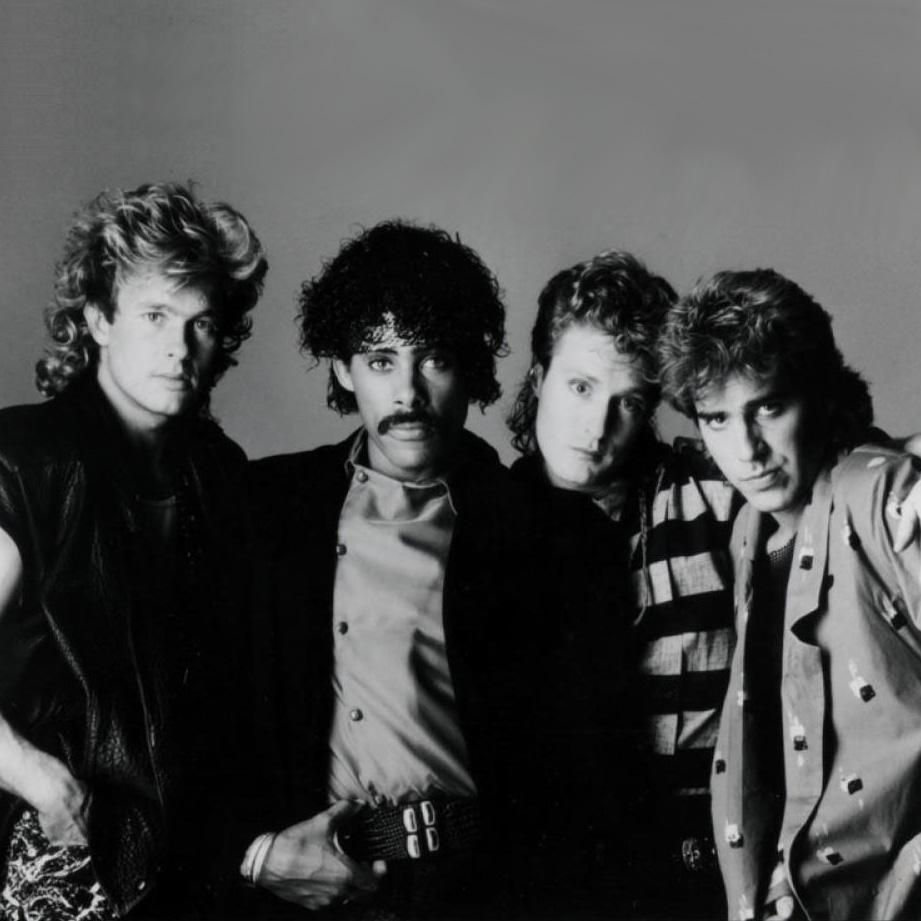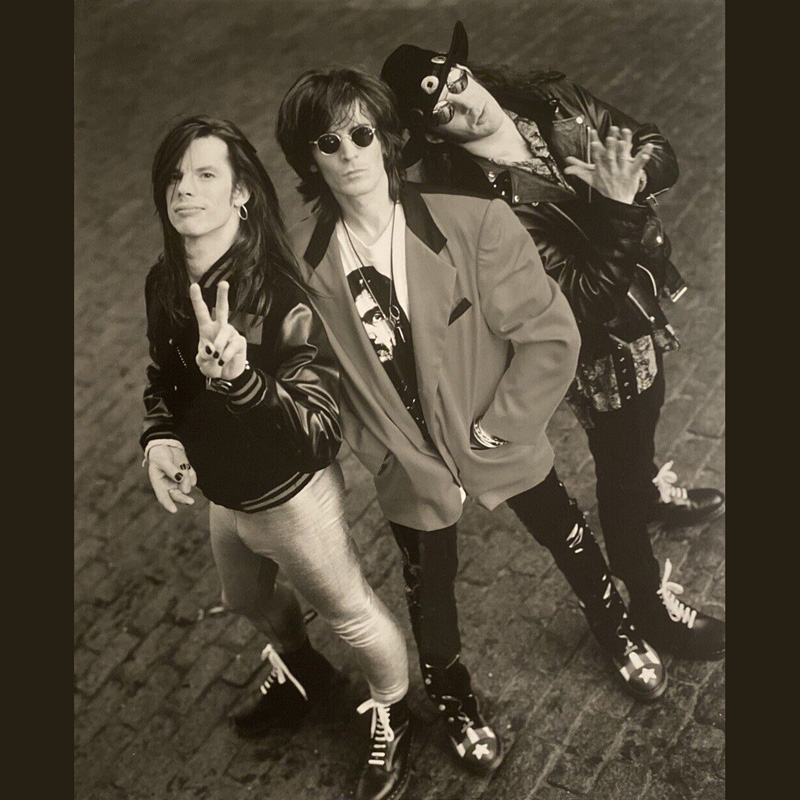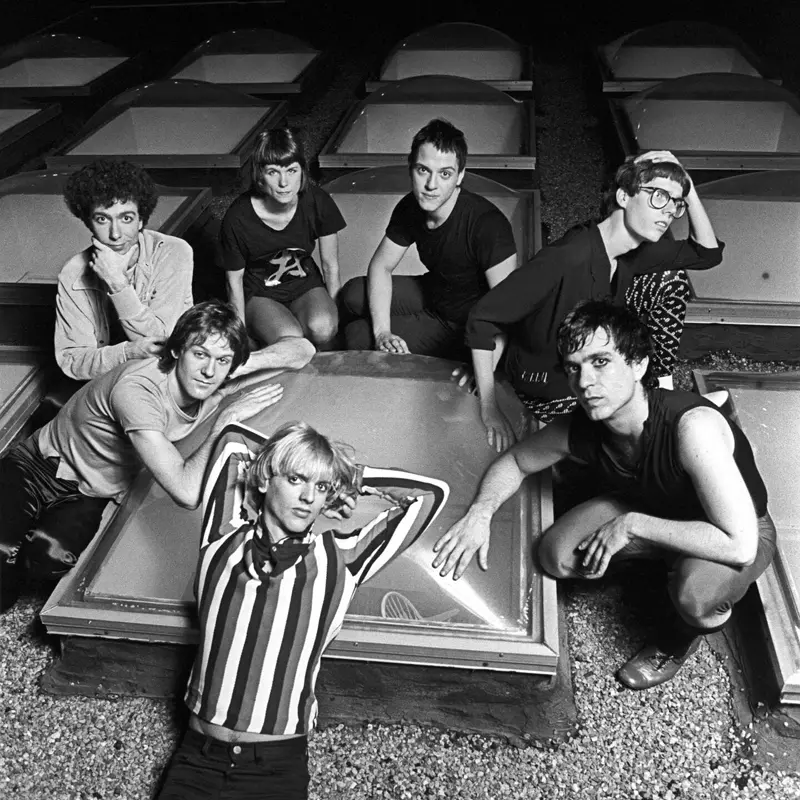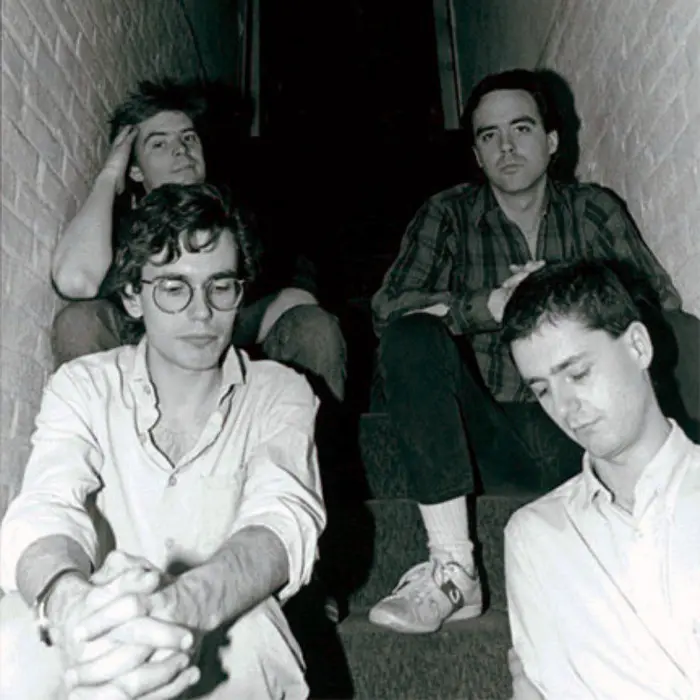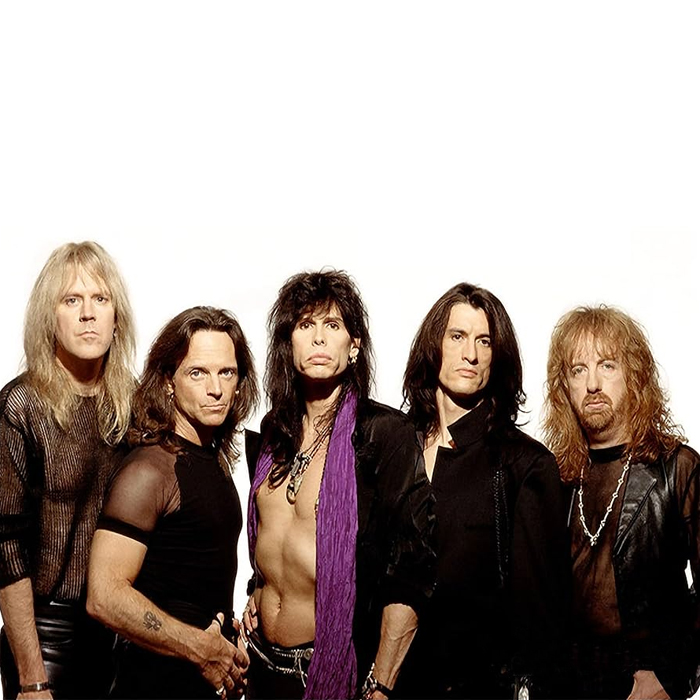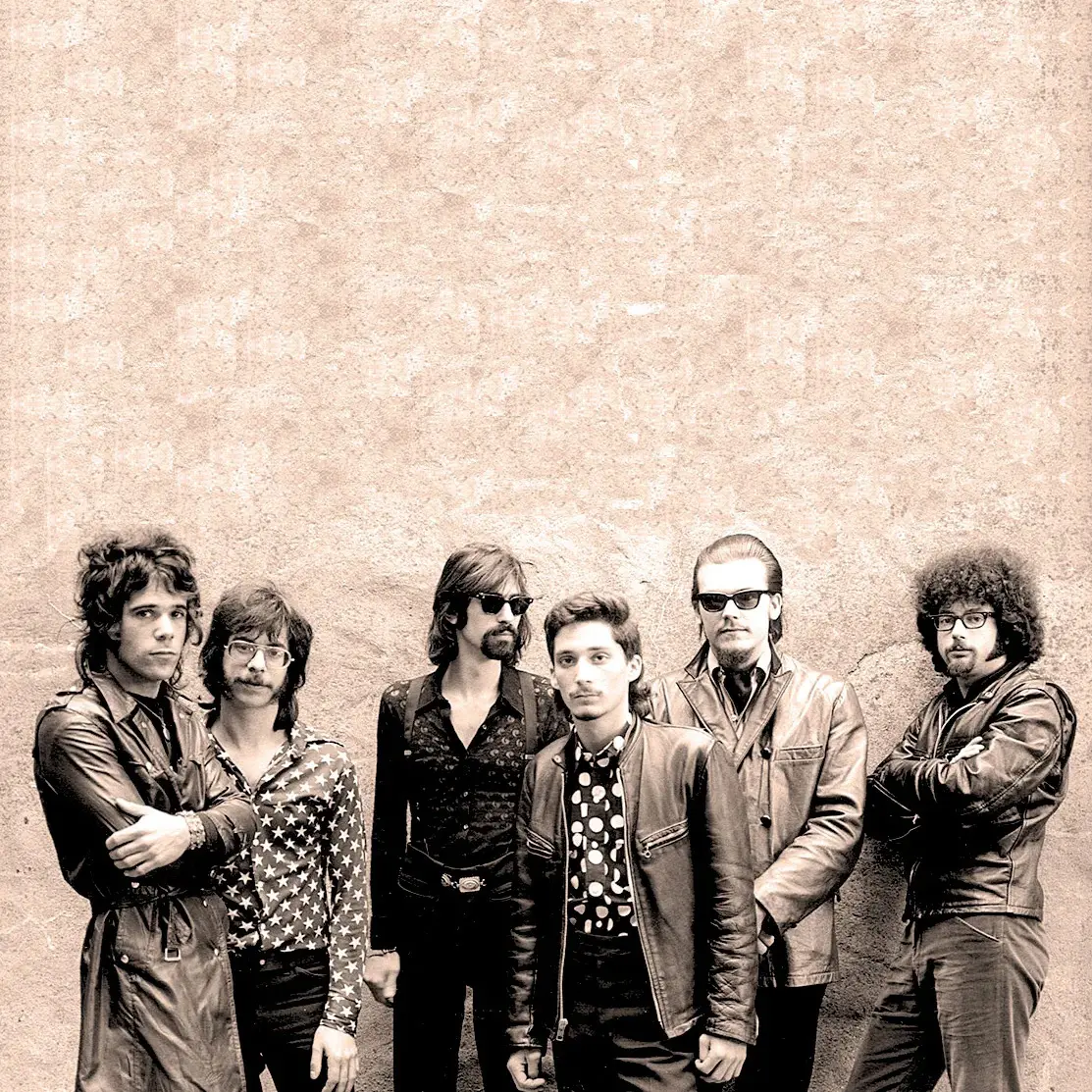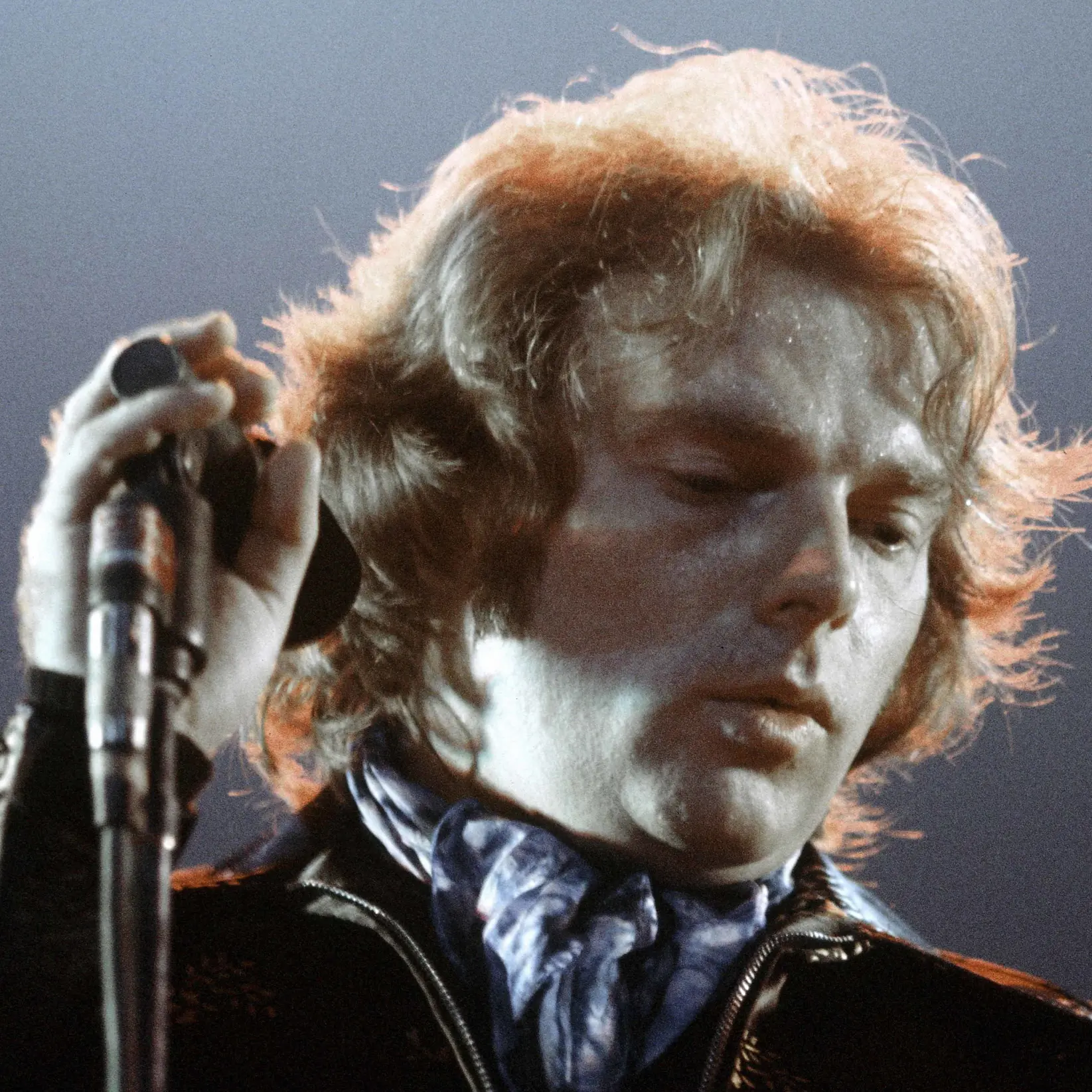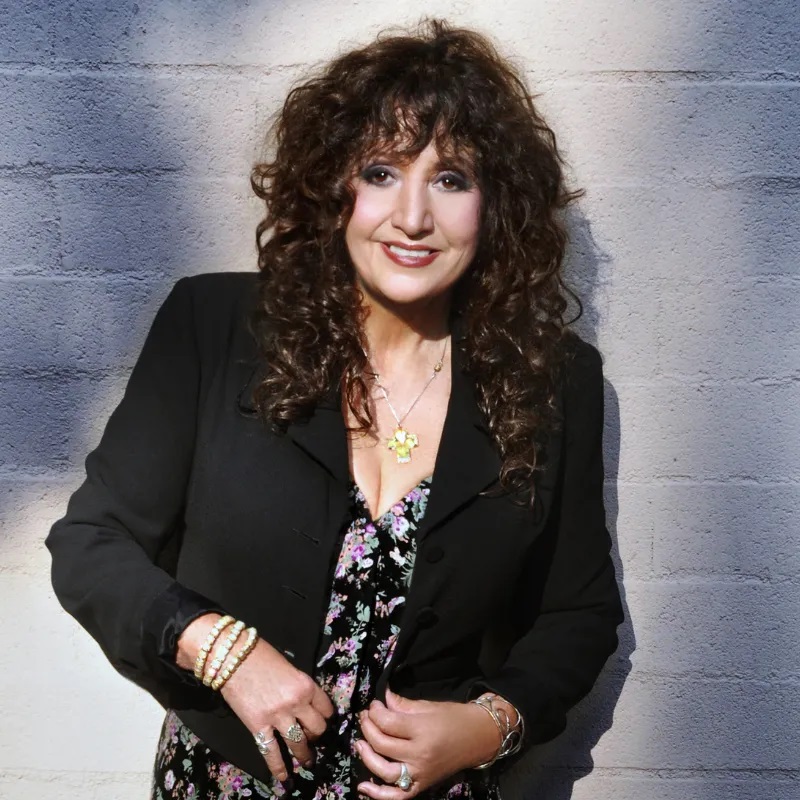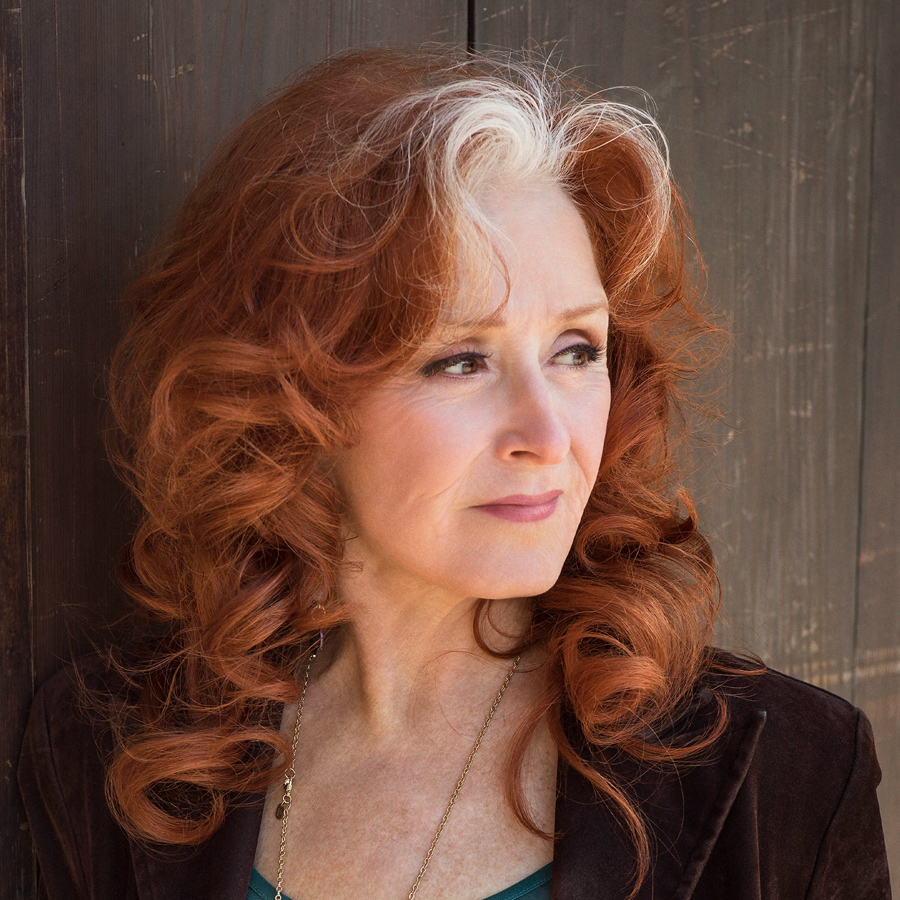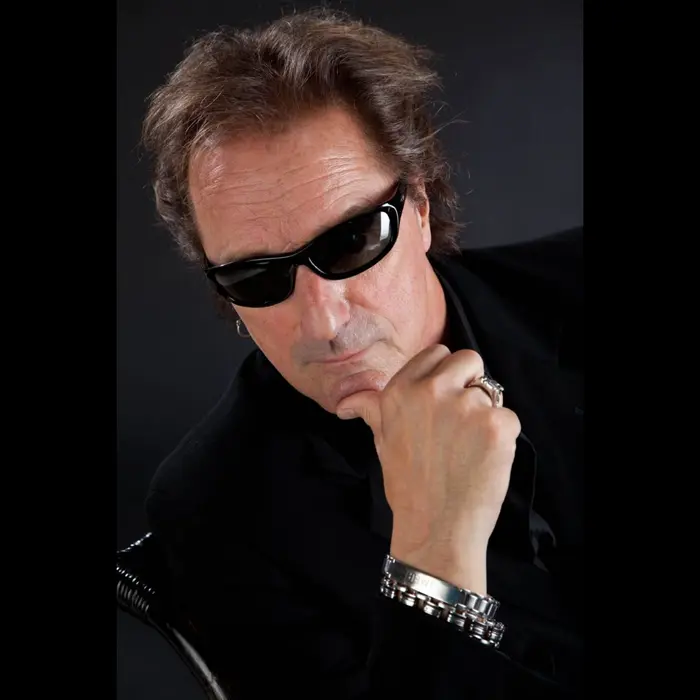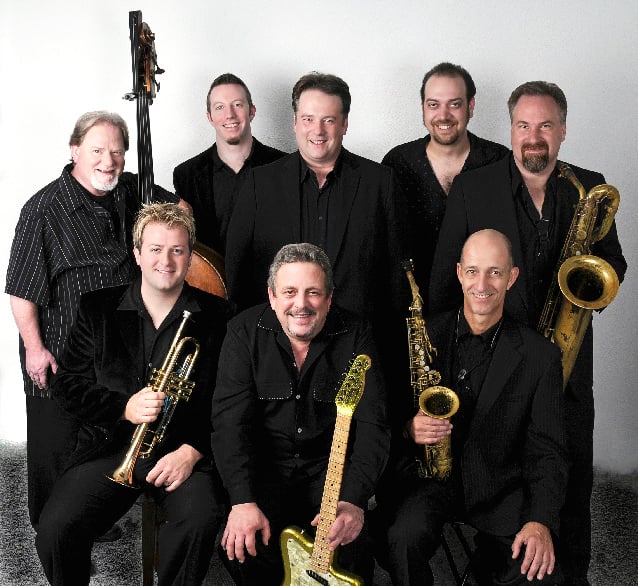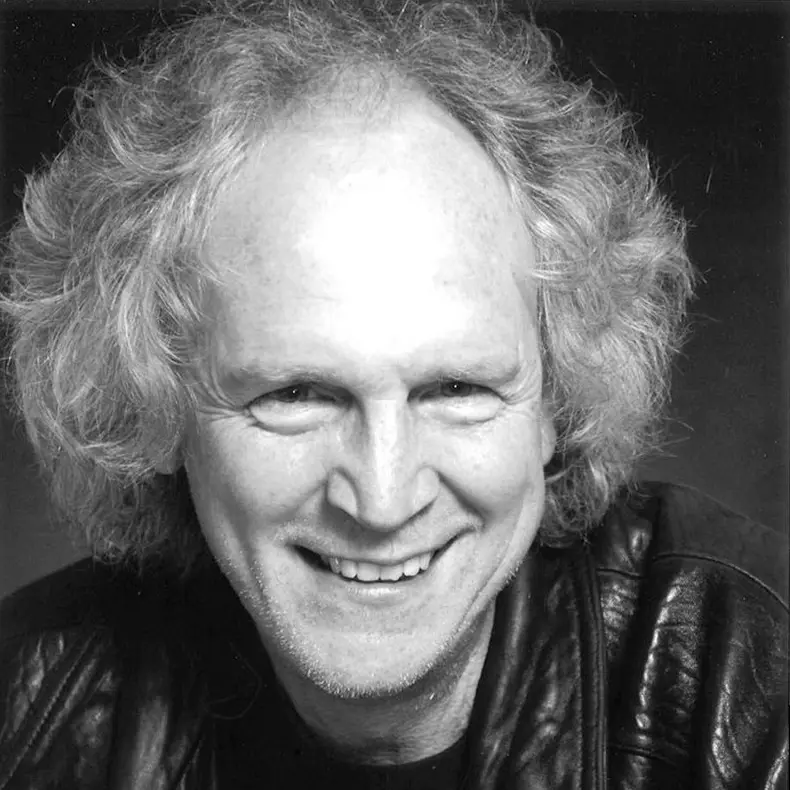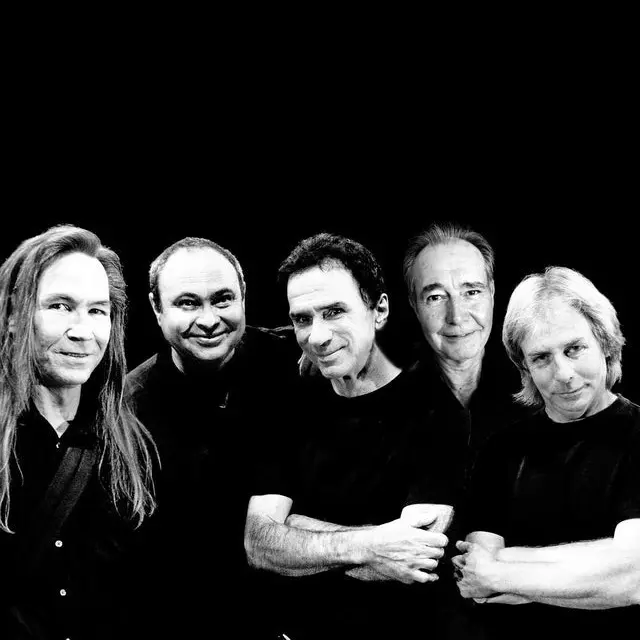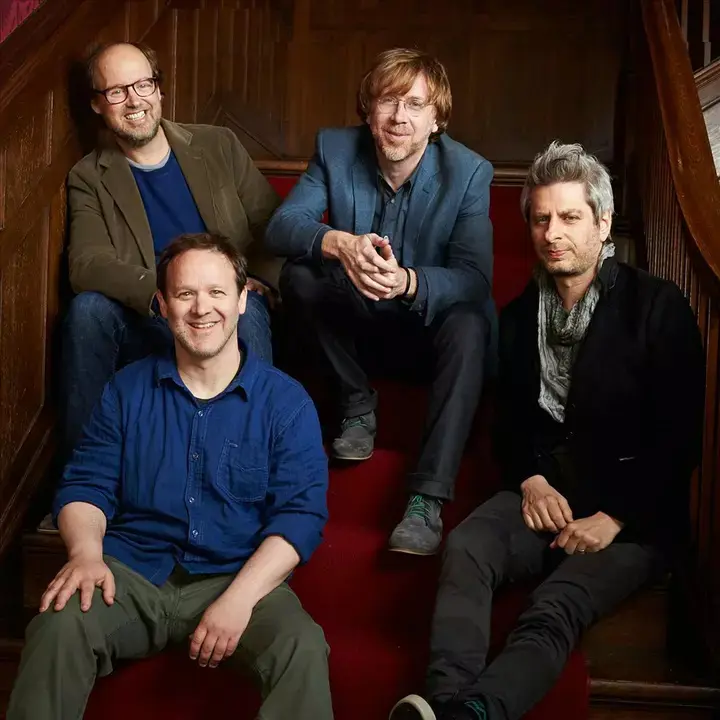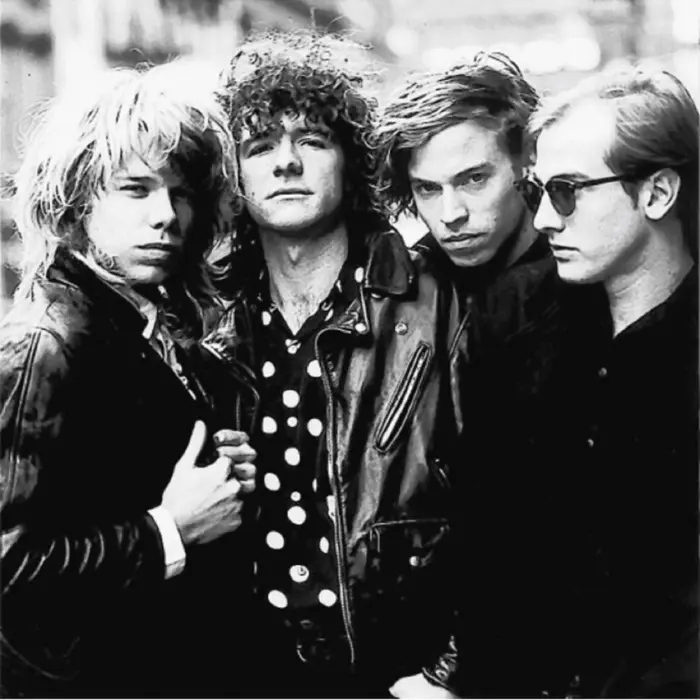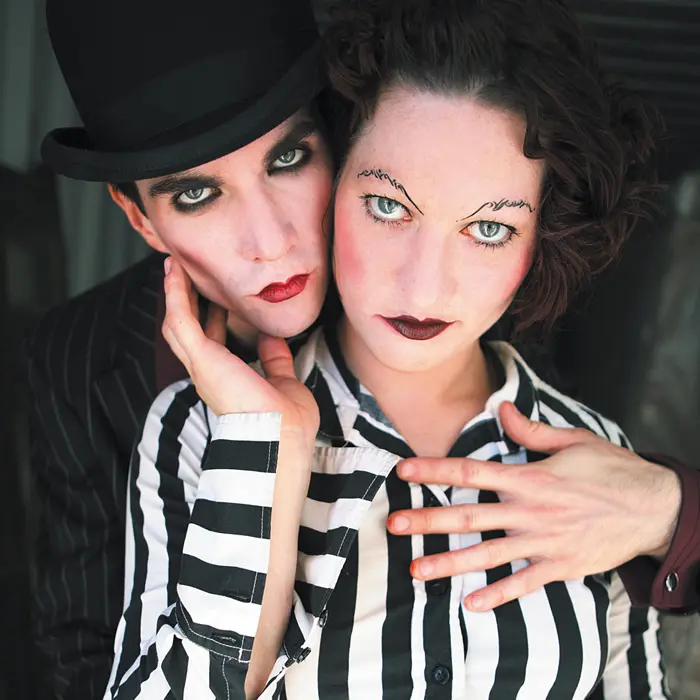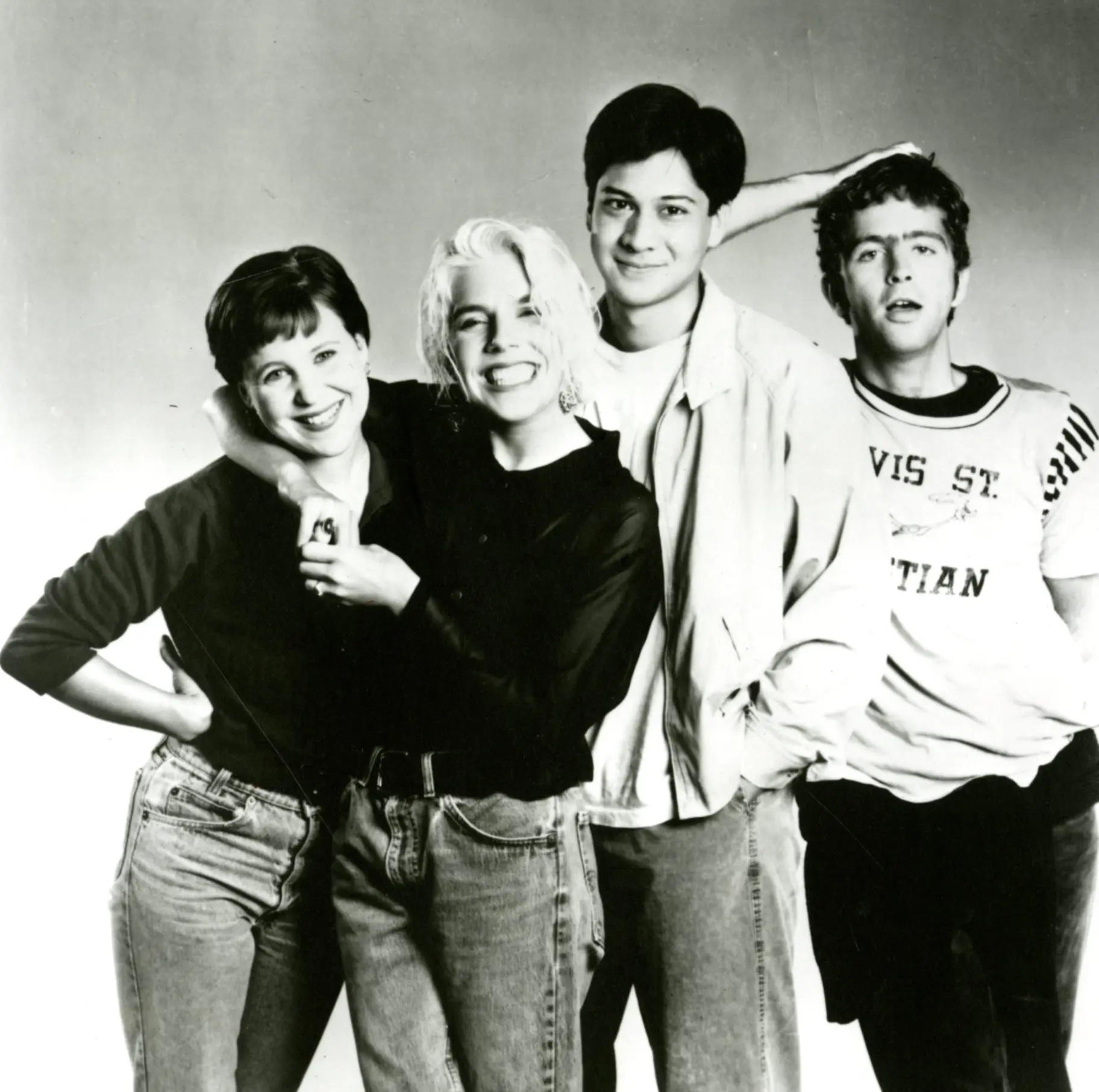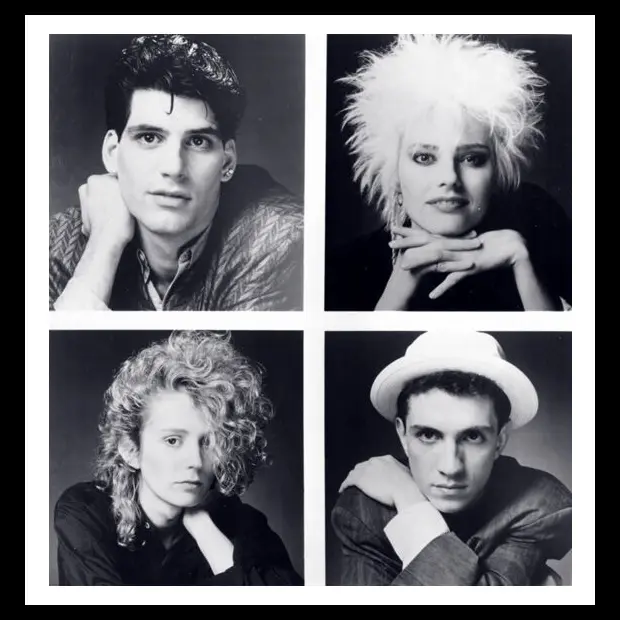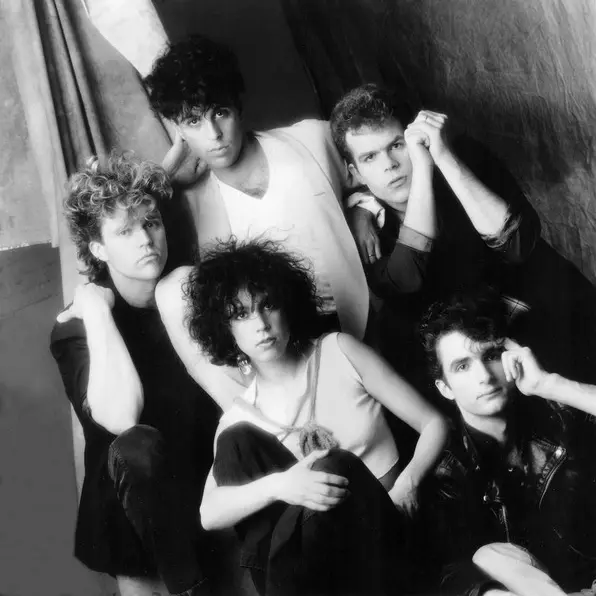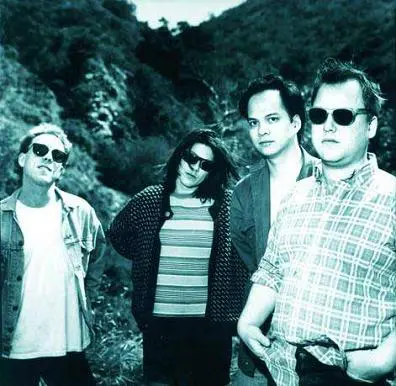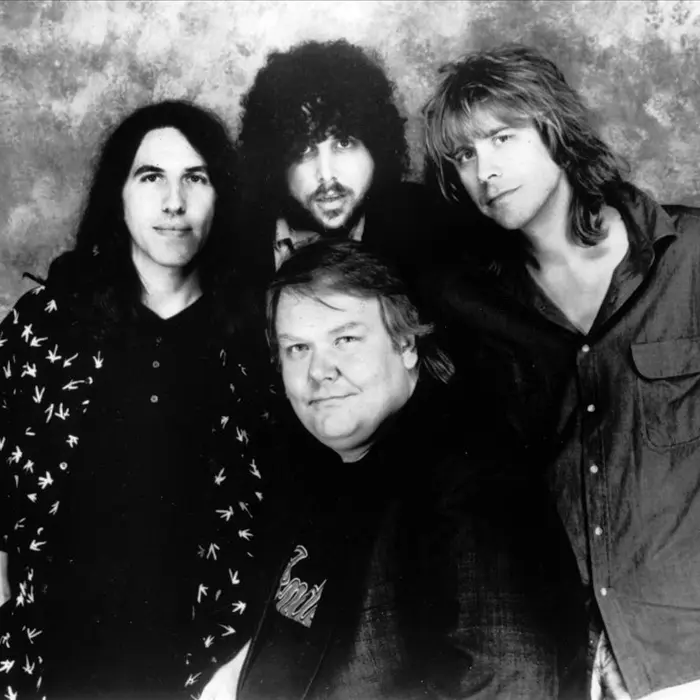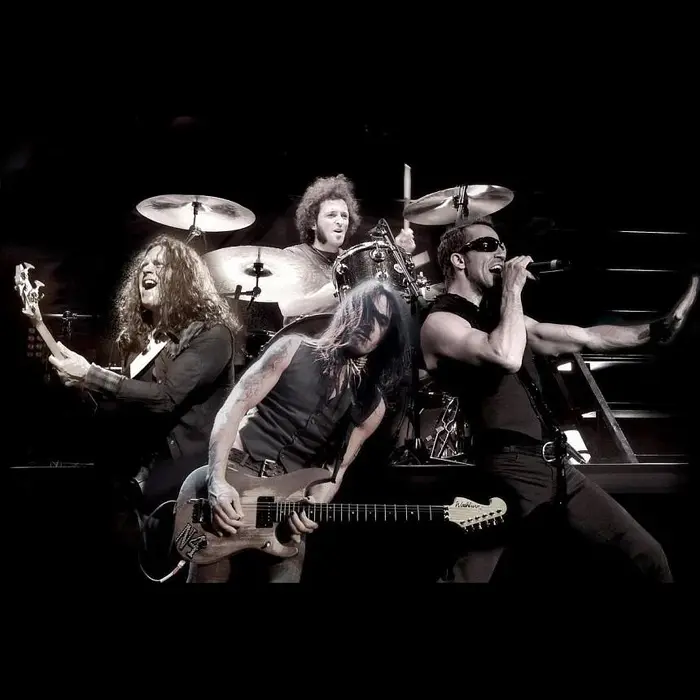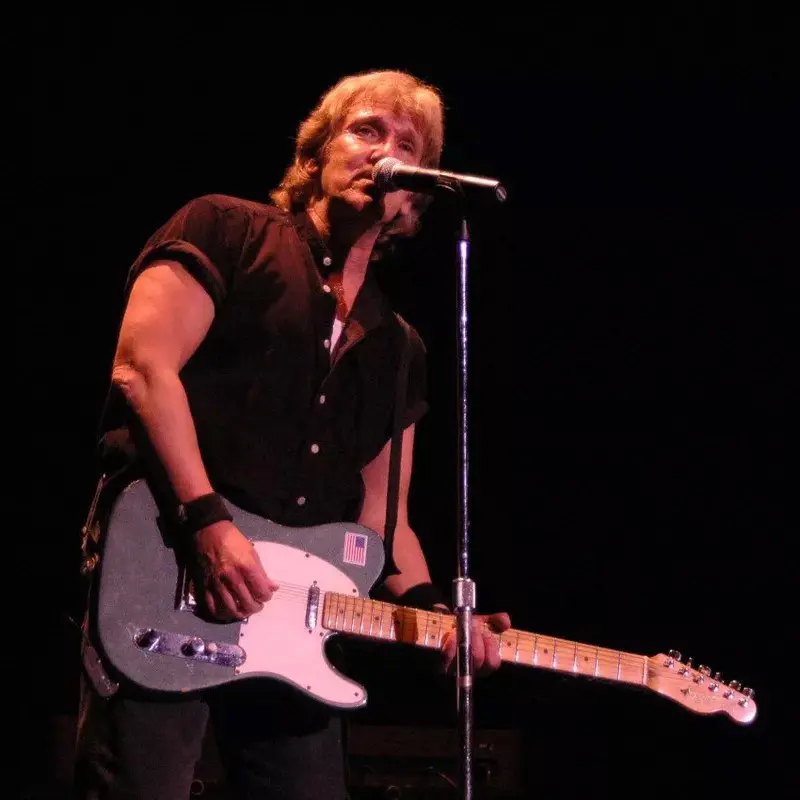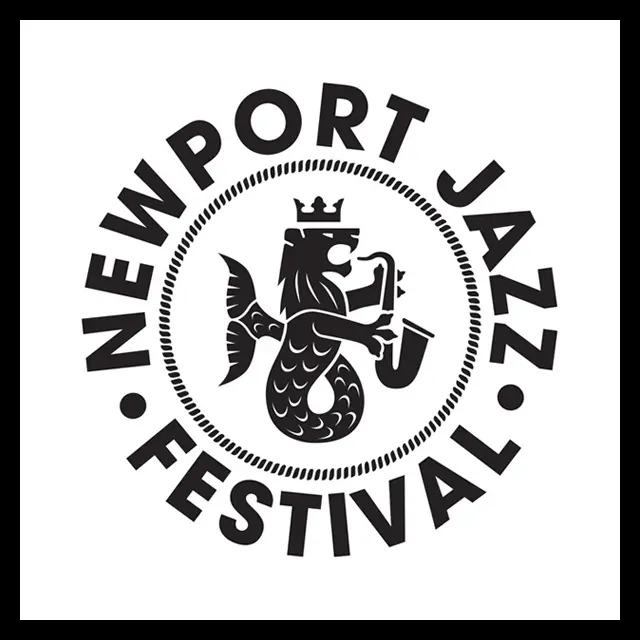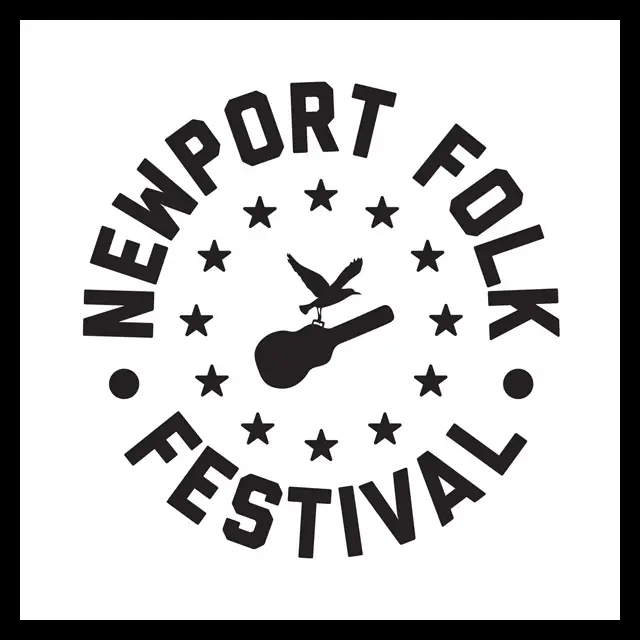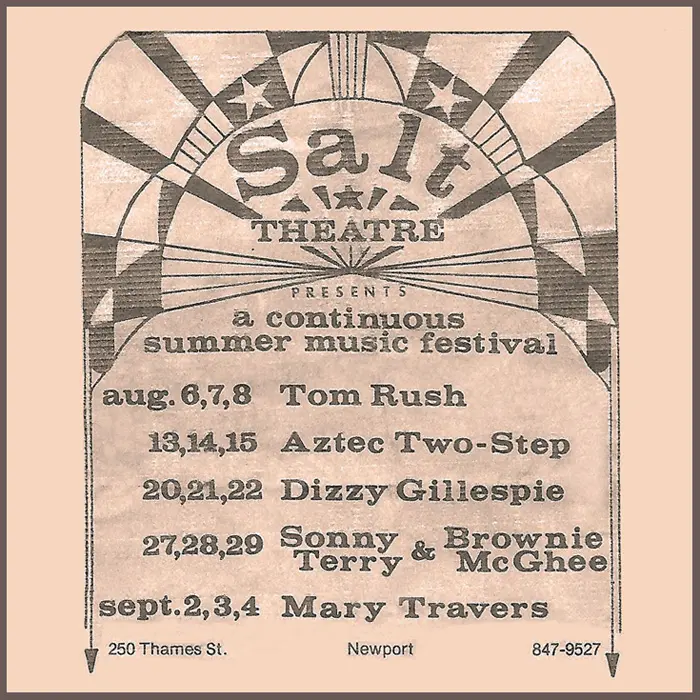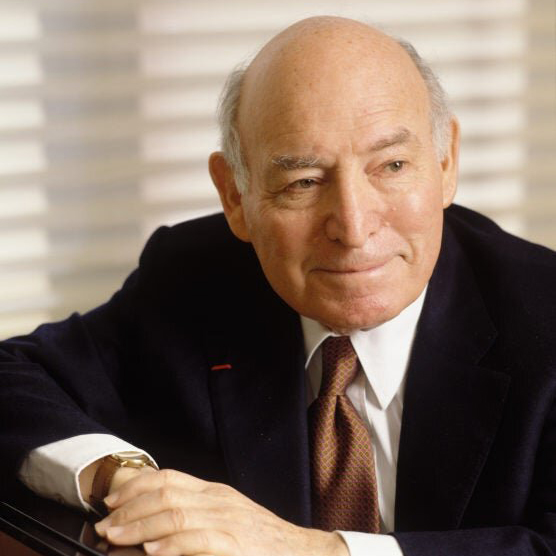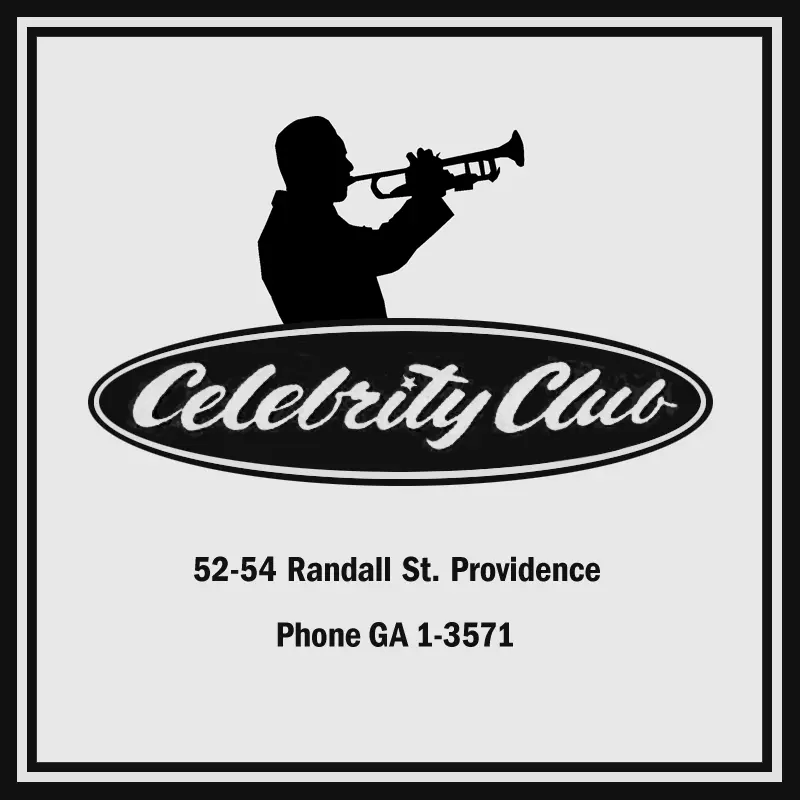The Living Room
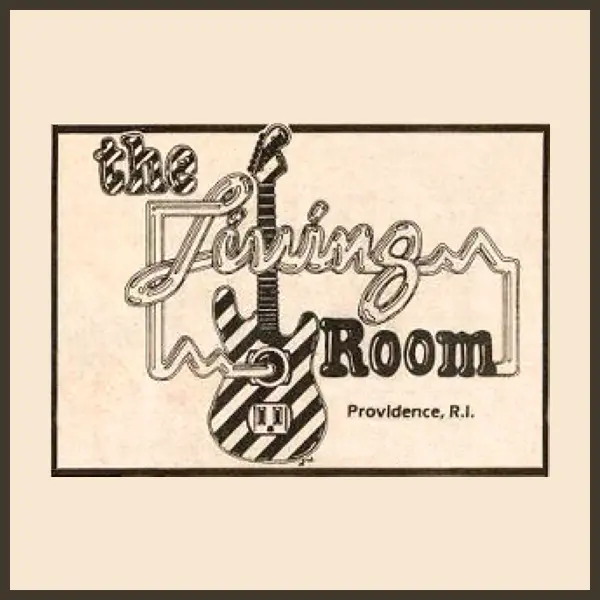
When it comes to popular music, most people associate Rhode Island with the world-renowned Newport Folk Festival and Newport Jazz Festival and a few might know the name George Wein, founder of them both. A thimbleful of music aficionados may remember the short-lived folk venue Salt Theatre (Newport), storied jazz club The Kings and Queens (Pawtucket) or the Ocean State’s first racially integrated live-music spot, The Celebrity Club (Providence).
But for 30 years, at three separate addresses and with a more than four-year gap right in the middle, The Living Room in Providence served up a different musical menu altogether: heaping portions of piping-hot punk, post-punk, hardcore, alt-rock and indie-rock with savory sides of nearly everything else, from synth-pop, fusion, metal and grunge to roots, country, rock and reggae.
Randy Hein, Lucky Dario, Palace Concert Theatre
A roller-coaster ride of family ties, undaunted entrepreneurship and relentless persistence, The Living Room’s story started in 1971, when its founder Randall “Randy” Hien – who was born in Woonsocket, lived most of his life in Lincoln and was 23 at the time – managed the Palace Concert Theatre at 220 Weybosset Street in Providence (now the Providence Performing Arts Center). Hiens’ great-uncle B.A. “Lucky” Dario owned the venue, having bought the decaying Loew’s State Theatre that year and converting it into the Palace, then putting Randy in charge of operations – including booking and managing the acts – while Dario controlled the finances.
From 1972 to 1975, with Hiens’ organizational and interpersonal skills and Dario’s abundance of cash, the Palace became one of New England’s go-to venues for up-and-coming and established acts including several deeply rooted in the region like Aerosmith, The J. Geils Band, Van Morrison, Maria Muldaur, Bonnie Raitt, James Montgomery and Roomful of Blues. An eye-popping range of others appeared – The Doors, Queen, Fleetwood Mac, The Kinks, Bruce Springsteen, Badfinger and Lou Reed among them – and that allowed Hien to make contacts with dozens of artists, managers and agents that would become instrumental to his future success.
Opening
In 1975, Dario decided to sell the Palace – citing high maintenance costs and low ticket revenue – but the 26-year-old Hien had already decided to make a career in the live-music business. That door opened when he approached Arnold Hahn, the owner of a struggling jazz club called The Living Room at 380 Westminster Street, and offered him the keys to his 1974 Jaguar XKE in exchange for the keys to the club and its liquor license.
Jumping at the chance to escape near-certain bankruptcy, Hahn agreed and Hien became a club owner overnight, without his great-uncle’s involvement (or so he thought), renaming it Randy’s Living Room until changing it back to The Living Room shortly thereafter. Directly across the street was another newly opened club, Lupo’s Heartbreak Hotel, owned by Rich Lupo with whom Hien became friends despite their being almost literally head-to-head competitors.
Attracting national acts
From 1975 to 1979, The Living Room hosted Rhode Island-based groups like The Probers, The Schemers and The Mundanes, with Hien always encouraging them to play originals, not covers. In late 1977, he was inspired to dive deeper into the Rolodex from his Palace days after he saw throngs of people crowding into Lupo’s to see Talking Heads, a band formed at the Rhode Island School of Design and that had their first national hit at the time, “Psycho Killer.” Hein began calling his music-biz contacts daily to book more national acts in order to compete with Lupo, his nightclub neighbor.
His efforts paid off in April 1980, when Robin Lane & The Chartbusters became the first act with significant national attention to perform at The Living Room, the first of many shows they played there. Four other Boston-based bands on the national rock, new wave and post-punk map also made their first of many Living Room appearances that year: Lou Miami & The Kozmetix, Jon Butcher Axis, The Neighborhoods, Human Sexual Response and Mission of Burma, who were the most frequent guests at the venue until splitting up in ‘83.
Toward the end of 1981, Hien’s success hit a roadblock when the owner of the building – who, entirely unbeknownst to him, was in fact his great-uncle Lucky Dario – refused to renew Hiens’ lease because he said he planned to demolish the building. With Hien’s dreams temporarily dashed, among the last acts to appear at the Westminster Street location were Cyndi Lauper (in December 1981) and The Ramones (in February 1982).
First relocation
In April 1982, a down-but-not-out Hien reopened what he unofficially called “Living Room #2” in the CIC Complex at 273 Promenade Street. Nicknamed “The Big Bubble” for its enormous bubble-shaped bay window, it was a family affair with Hiens’ mother often cooking for the musicians. The first acts that appeared at the new space were The Schemers, The Detectives, The Hi-Beams, The Probers, Primary Colors, The Moderns, The Neighborhoods and Human Sexual Response.
From 1982 to 1990, The Living Room was one of the two premier rock clubs in Providence, its former neighbor Lupo’s being the other. While mostly a post-punk and alt-rock nexus, it featured acts from a wide range of genres including many from New England such as Chick Corea, Jonathan Richman, Livingston Taylor, Roomful of Blues, Andy Pratt, James Montgomery, The Fools, Phish, The Del Fuegos, Dresden Dolls, Throwing Muses, ‘Til Tuesday, Face to Face, Pixies, NRBQ, Extreme and Joe Perry.
Others appearing at the Promenade Street location in the 1980s included The Ramones, REM, Cyndi Lauper, Guns N’ Roses, Violent Femmes, The Red Hot Chili Peppers, The Neville Brothers, the Gregg Allman Band, Warren Zevon, The Wailers, Billy Bragg, Ron Wood & Bo Diddley and The Velvet Underground‘s co-founder John Cale.
Second relocation, Closing
In mid-1990, Hien was hit with yet another lease non-renewal and forced to close the Promenade Street location; Neutral Nation and Dread Zeppelin played the final show there (on September 28th). Not wanting another landlord, he spent over four years looking for the best place to buy “Living Room #3,” and in late 1993 purchased 23 Rathbone Street, where The Living Room remained until closing in 2008.
In February 1994, the debut show was headlined by Max Creek, which formed in 1971 at The Hardt School in Hartford, Connecticut and would play several dozen other Living Room gigs. The next shows were Boston-based punkers Daltonic, German industrial band KMFDM, British electro-duo Wargasm and Norwegian death-metal group In Vain, establishing The Living Room’s future as primarily a hardcore, metal and experimental-music venue. On October 9, 2008, Providence-based noise-rock duo Lightning Bolt played the final show before The Living Room closed for good.
Hein’s death, Legacy
In 2004, Hien was hit by a car and left confined to a wheelchair, and in 2006, at age 57, he was fatally sideswiped by a passing vehicle. In 2014, he was inducted into the Rhode Island Music Hall of Fame. “When you spoke to Randy, it was always upbeat and positive,” said Hiens’ long-time friend, Lincoln Police Chief Robert Kells in 2006. “He never wavered. He just continuously stayed positive. It was always a pleasure being around him because you knew he was going to be that way.”
(by D.S. Monahan)

